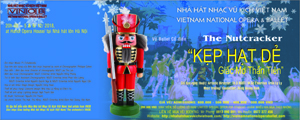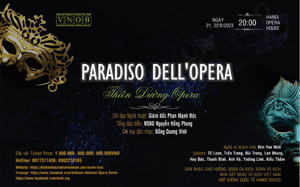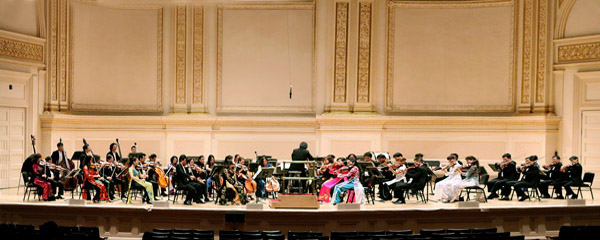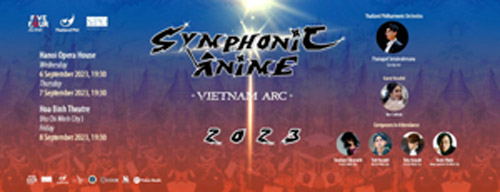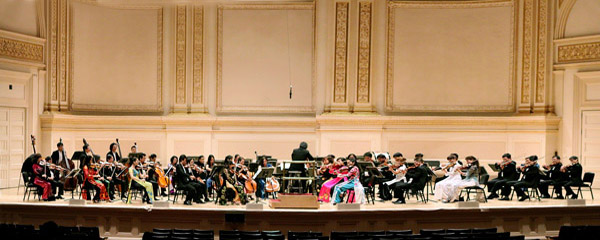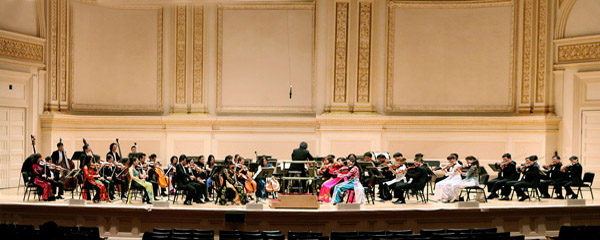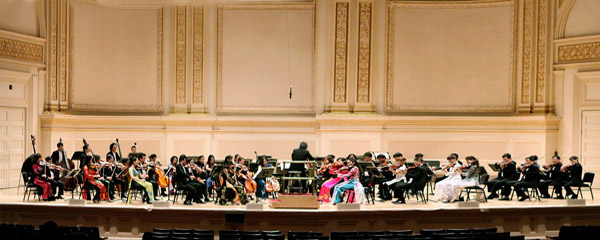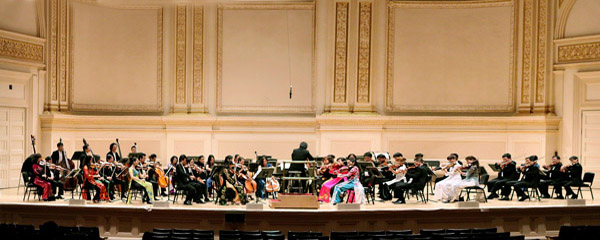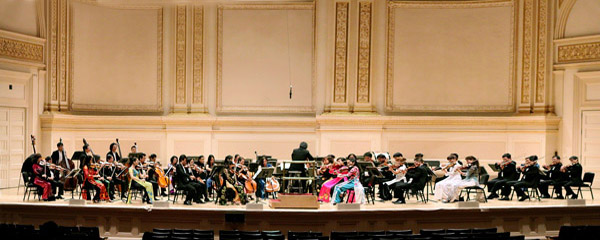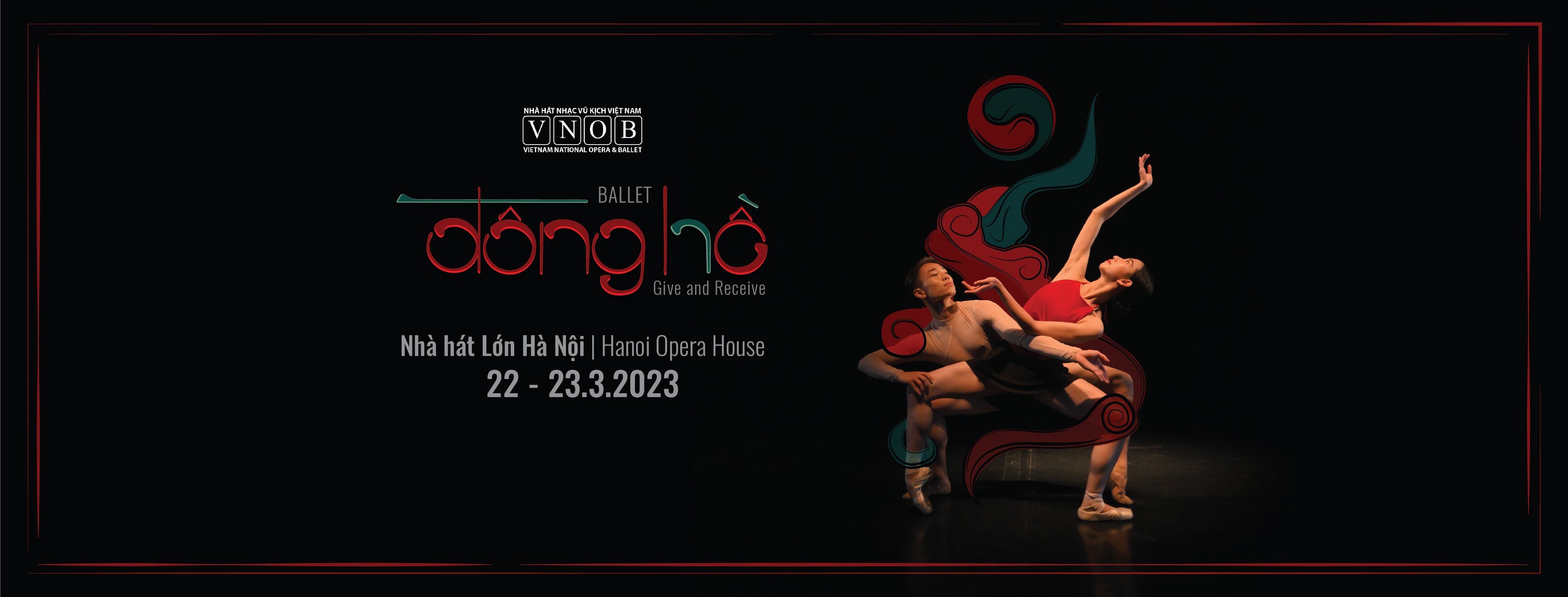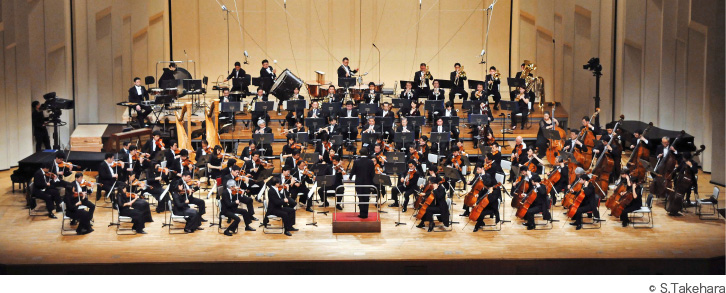Artistic Director: M.Sc, Emeritus Artist Tran Ly Ly
Conductor: Dong Quang Vinh
Music: Pyotr Ilyich Tchaikovsky
Inspired by work of Choreography: Philippe Cohen
Choreographer: Emeritus Artist Hong Phong
Stage Design: Nguyen Cong Hoan
Costume: Nhà may La Hằng & Ellie's Vu
Lighting Design: Ngo Thanh Son
Technician: Chi Thanh
Perform: the Orchestra and Dancers of the Vietnam National Opera and Ballet
Soloists: Thu Hue, Thu Hang, Van Nam, Emeritus Artist Hàn Giang, Emeritus Artist Phan Văn Lương, Emeritus Artist Nguyễn Quỳnh Nga, Emeritus Artist Nguyễn Ngọc Cần and Dancers of Vietnam National Opera and Ballet
The Nutcracker is the cheesiest ballet of all time.
That may enrage some readers for whom attending The Nutcracker is a beloved Christmastime tradition. But as a former dancer who has performed or watched some version of the production for 18 years now, I can state it with certainty: The Nutcracker is the cheesiest ballet of all time.
Just try to recite the plot with a straight face: A young girl’s most cherished Christmas present, a nutcracker, comes alive, saves her by defeating an army of mice and their king, and then the pair travel together to a magical kingdom of sweets. Ballet really doesn’t get more gauche than that.
So why is it so popular in America? To answer that, we’ll have to go back in history a bit.
In 1844, French writer Alexandre Dumas adapted an earlier, darker version of The Nutcracker by E.T.A. Hoffman that had been intended strictly for adults, making it “happier and more appropriate for children.” The master of the Russian Imperial Ballet liked Dumas’ new, lighter version of the story and decided to transform it into a ballet, commissioning Peter Ilyitch Tschaikovsky to compose the score, now some of the most recognizable pieces of music in the world.
Many years later, in 1933, Russian-born choreographer George Balanchine was invited to the United States by a young arts patron who shared Balanchine’s conviction that high quality dance training was severely lacking in this country. They co-founded a ballet school, and in 1948, the now world famous New York City Ballet.
As a young dancer in Russia, Balanchine had perfromed several different roles in The Nutcracker — a mouse, the Nutcracker/Little Prince, and the Mouse King. When he was older, he danced the part of the jester, which involves gracefully wielding and jumping through a large hoop.
In 1954, Balanchine, who today is revered as the “Father of American Ballet,” decided to choreograph his own version of The Nutcracker. While a smart business decision, it was also a deeply emotional one. As Vanity reports:
He was not just reaching back to the Mariinsky Nutcracker — which in Russia is performed throughout the year — but calling up the Christmases of his childhood, the sense of warmth and plenty that was embodied in a tree brimming with fruits and chocolates, glittering with tinsel and paper angels. “For me Christmas was something extraordinary,” Balanchine told the writer Solomon Volkov. “On Christmas night we had only the family at home: mother, auntie, and the children. And, of course, the Christmas tree.
When asked by a donor years before if he would be interested in doing a popular abridgement of The Nutcracker, Balanchine answered, “If I do anything, it will be full-length and expensive.” That donor ultimately gave him $40,000 — $25,000 of which he spent on the giant tree that trademarks the New York City Ballet’s adaptation to this day. When he received pushback on the astronomical expense of the Christmas foliage, he simply responded, “The Nutcracker is the tree.”
Balanchine was right. The magic of The Nutcracker isn’t in the brilliance of the music or the excellence of the dancing. It’s the tree. It’s the juvenile warmth of the excited children in the party scene. It’s the familiarity of the whole production, even if you’re just seeing it for the first time. It’s the ballet’s ability to reach out and touch a part of you that triggers a warm holiday memory — that’s The Nutcracker.
Before The Nutcracker, the future of the New York City Ballet was still uncertain — and while many people were excited about the kind of “deeply poetic, uniquely plotless, modestly decorated ballets” Balanchine was known for making, the company did not possess the kind of “mainstream” following needed to consistently fill the house. The Nutcracker changed that.
Kids were another secret weapon.
There are a slew of parts for young dancers in The Nutcracker, and in many of Balanchine’s big productions. He believed it was important to have kids on stage for a few reasons. First, it helps children in the audience connect with the ballet. Second, very astutely, Balanchine reportedly surmised that “each child brings four people: mom, dad, sister, and aunt. Multiply this by all the children in the ballet and you have an audience.”
The first production, giant tree and all, ended up costing $80,000, but it was a blockbuster hit within the year. Since then, the ballet has been filmed and broadcast hundreds of times to people all over the world.
The NYCB performs The Nutcracker 47 times each season, but countless professional, amateur, and juvenile companies all over the country perform some version of the holiday special. The hundreds of adaptations have also given rise to new, even cheesier characters — like butchers, dancing pigs, and shepherdesses complete with lambs in the particular version I grew up with.
In many ways, The Nutcracker rallies against what a ballet is supposed to be — graceful and high-brow — (and truly there is nothing elegant about a sprightly young woman in pointe shoes wildly waving a fake plastic sword while dressed in a pear-shaped mouse costume) but that’s exactly the spirit from which The Nutcracker draws its enchantment.
(The week.com)

